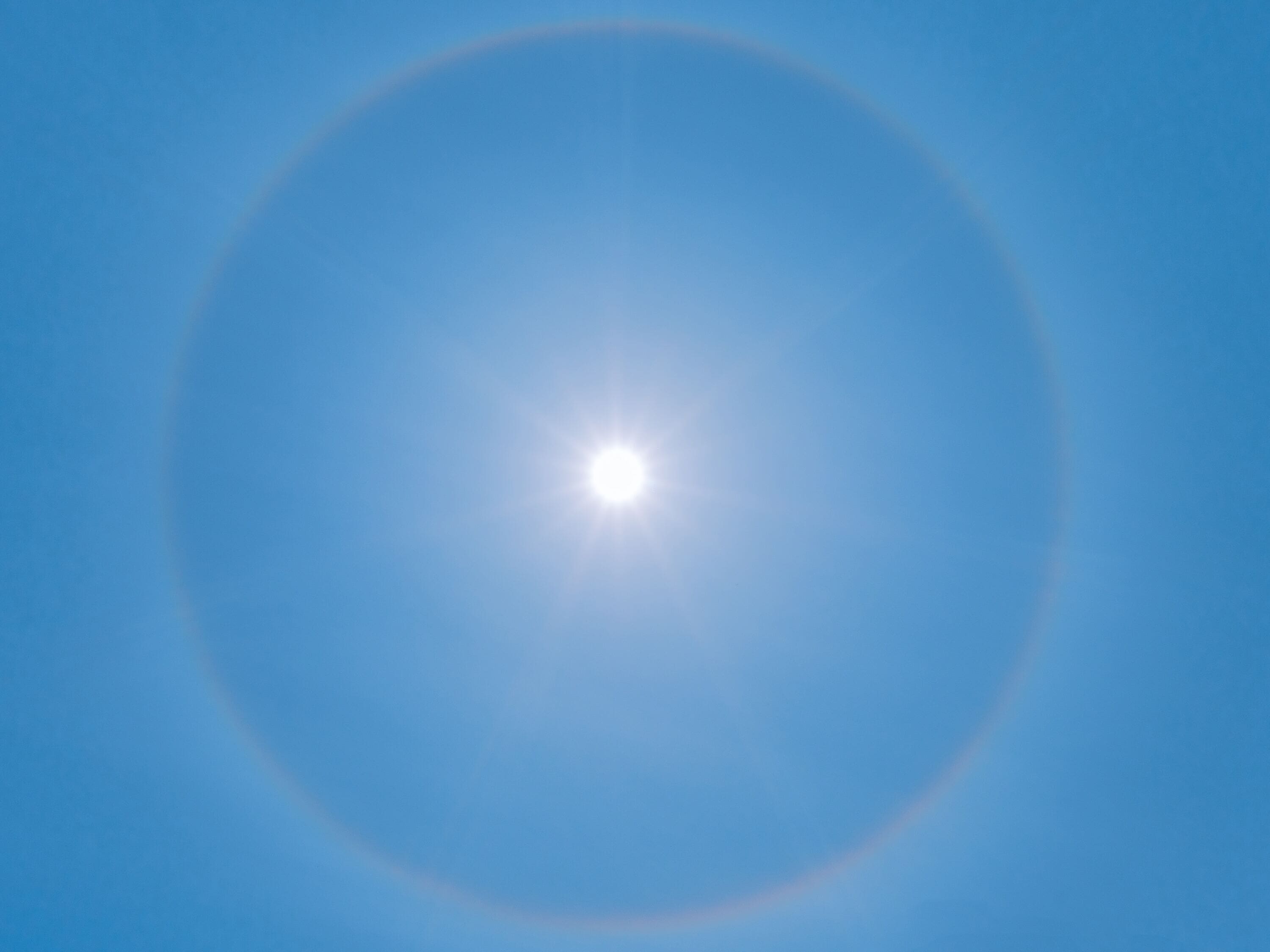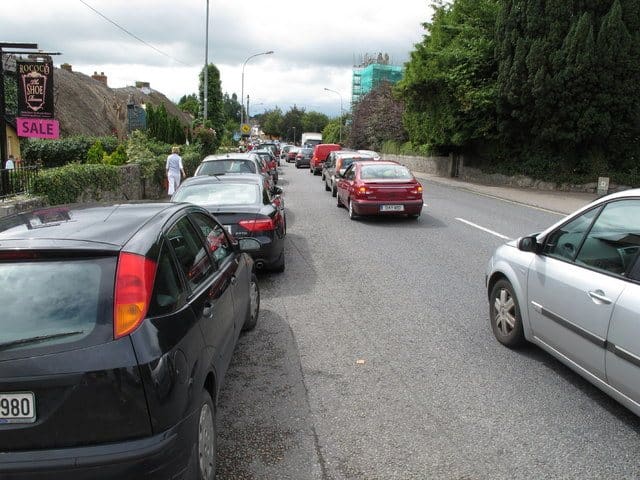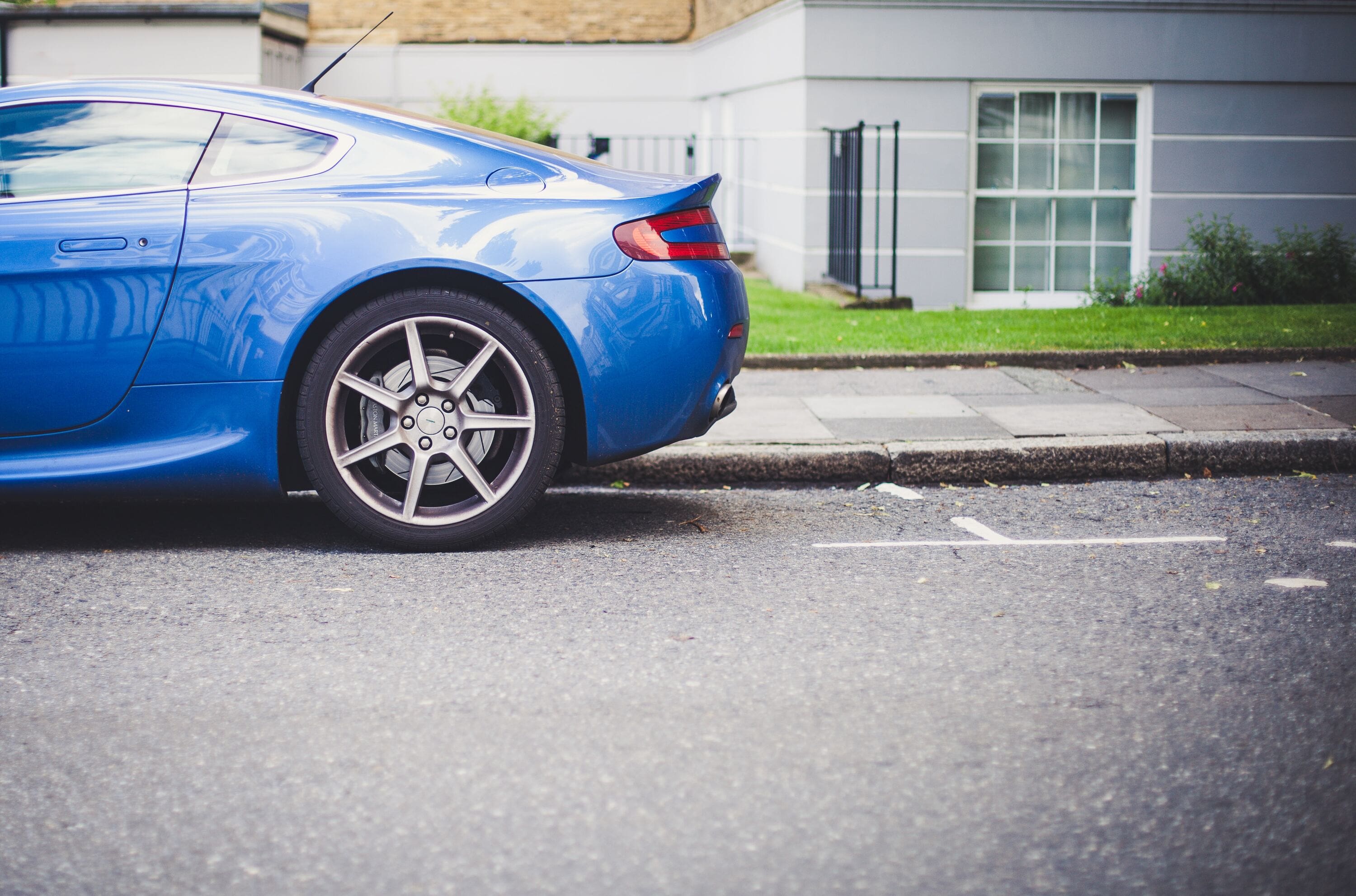Glare is not just a distraction when driving but a given nowadays. Whether you get it when driving in low sun, or find yourself squinting/turning your head away from the high beams of new cars coming your way, there are methods you can use to avoid glare.
Let’s look at some. Hopefully, you can see one or two relevant to your driving style.
1. Know how to clean your windscreen correctly
There could be any number of reasons why you’re seeing glare or streaks on your window. Your first instinct might be to grab some window cleaner from under the kitchen sink and give the windows a good spray and wipe. As we pointed out in our blog on how to properly clean your windscreen, you should use a dedicated car window cleaner; not a domestic spray:
“glass cleaners can contain ammonia [&] some sprays can end up taking part of a tint off.”
There isn’t any unique technique for wiping away streaks and such, but as long as you start with a dry wipe to lift off dirt, and spray onto a cloth (i.e. not the window), it should be easier to get a proper clean.
If you’re thinking it’s worth your time to clean the windows correctly, read our advice on how to wash your car like a pro; a great way to figure out where to start if you’re clueless about the order of car cleaning..
2. Check it isn’t your wipers
A year a change. That is a rough reference point for the maximum length of time wipers can work on your car efficiently. Everyone will have been in cars where the driver wiper has a bump or has worn away a little, which leaves lines that are exacerbated from oncoming cars.
The easiest solution is to go to a local motor store or search online. Most reputable stores will let you enter your reg and instantly find out what wipers fit your car. If you’re one to want help with keeping your car in top condition, we recommend booking an AA-approved service.
3. Check your mirrors
Most modern cars have a self-dimming feature in the rearview mirror. This helps significantly reduce the glare coming from vehicles in the rear. If you’re driving an older car, or your rear mirror has a switch to turn on dimming (but it isn’t working), try adjusting the mirror slightly to change the direction of the reflection without impacting your view.
4. Create distance
More drivers are experiencing glare when driving in front of cars with LED lights. Many new cars with these lights tend to have them slightly higher in the frame, which makes them more noticeable to you.
If you have a car behind you, you might think being closer will reduce the “amount” of light causing glare. It’s much better to get more distance. Think of it as trying to gain distance from someone pointing a torch; the further away, the more light dissipation you experience.
5. Check your prescription
Do you get a lot of glare as soon as the day turns slightly darker? Wear glasses when driving? If you are wearing cheaper glasses, they may not have an anti-reflection coating. Specsavers and other opticians offer solutions like polarising lenses to eliminate glare.
6. Know that you can stop
Glare happens, as it should when we’re driving at night. It can become a major inconvenience if you drive on dark/small roads and get “blinded” by glare from oncoming cars.
When instances like this happen, if you feel dazzled or are having difficulty getting eyes to readjust, find a safe place to pull and stop. If driving on, try not to blink as much as you would, as you won’t be fully aware of what is happening ahead of you.
7. Look beyond the light
Glare can be something eyes are naturally drawn to. We can subconsciously look over at beams without realising it. After all, if you’re on a dark road and suddenly bright lights are oncoming, it’s naturally instinctive to look.
If you have a car that will pass you by and it’s already causing glare from a distance, try and look beyond the light, as though you’re looking through the oncoming car. It can help your eyes to stop focussing on the beams.
Are you looking for ways to be safer on our roads?
I hope you’ll come away from this blog post with some handy advice on dealing with glare. If you have the time, I recommend looking at The AA Driving Safety section of the blog, where we have more helpful articles like this.










